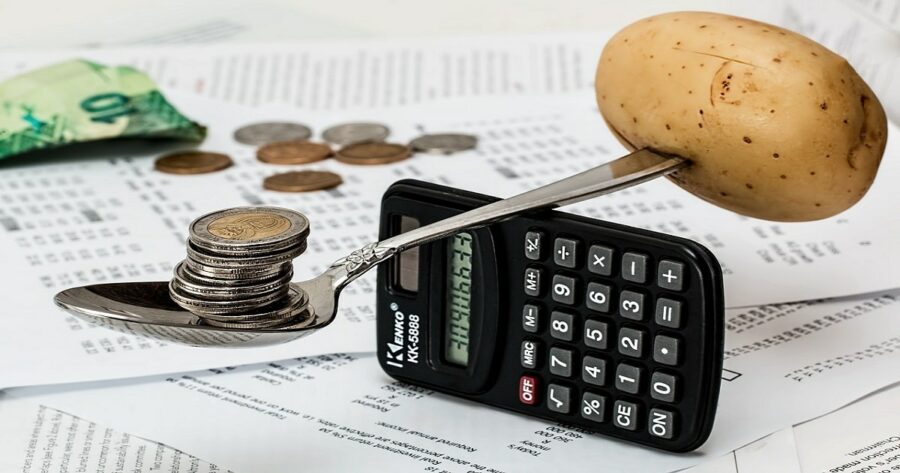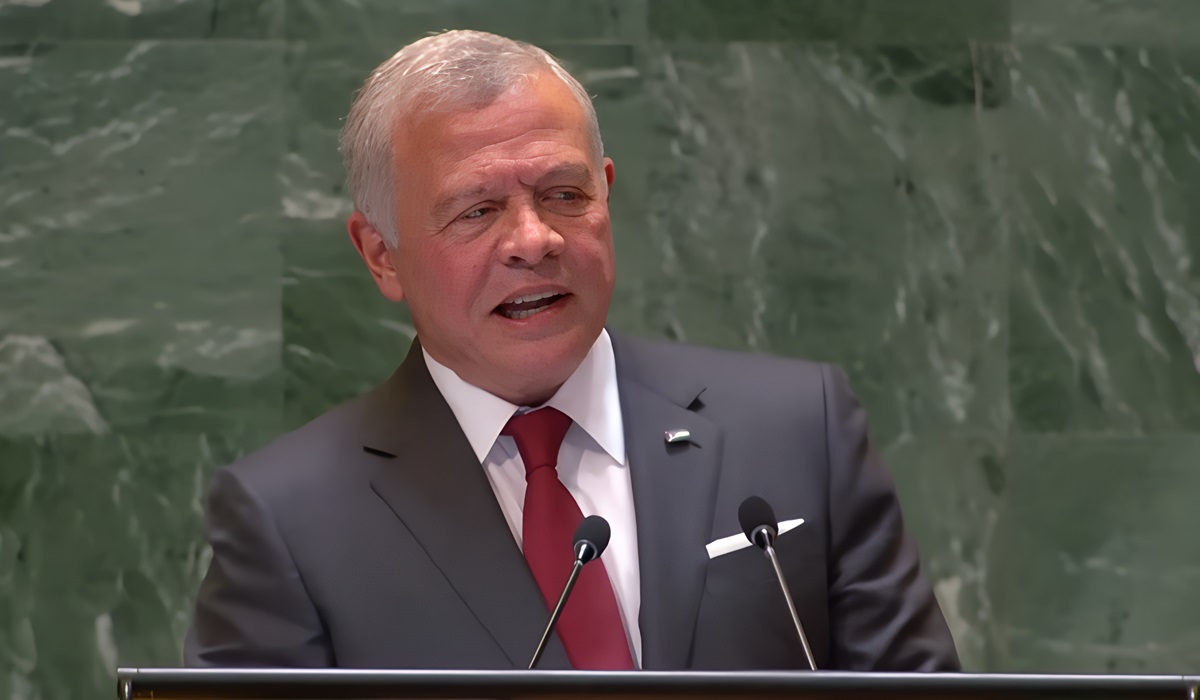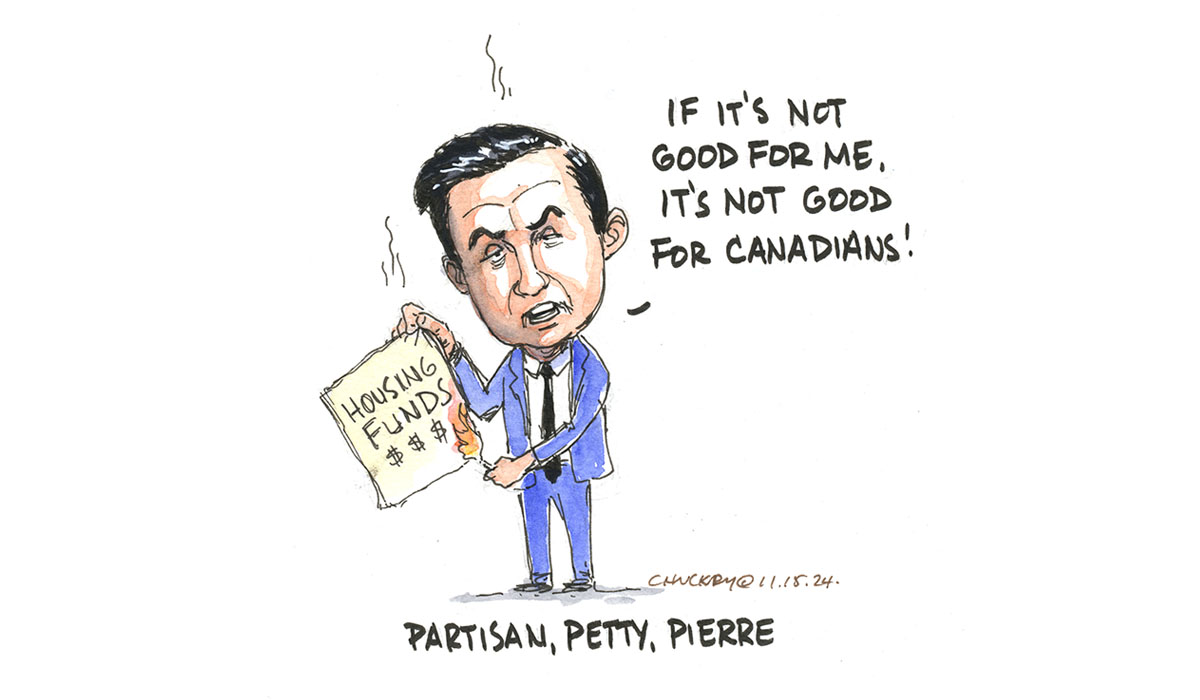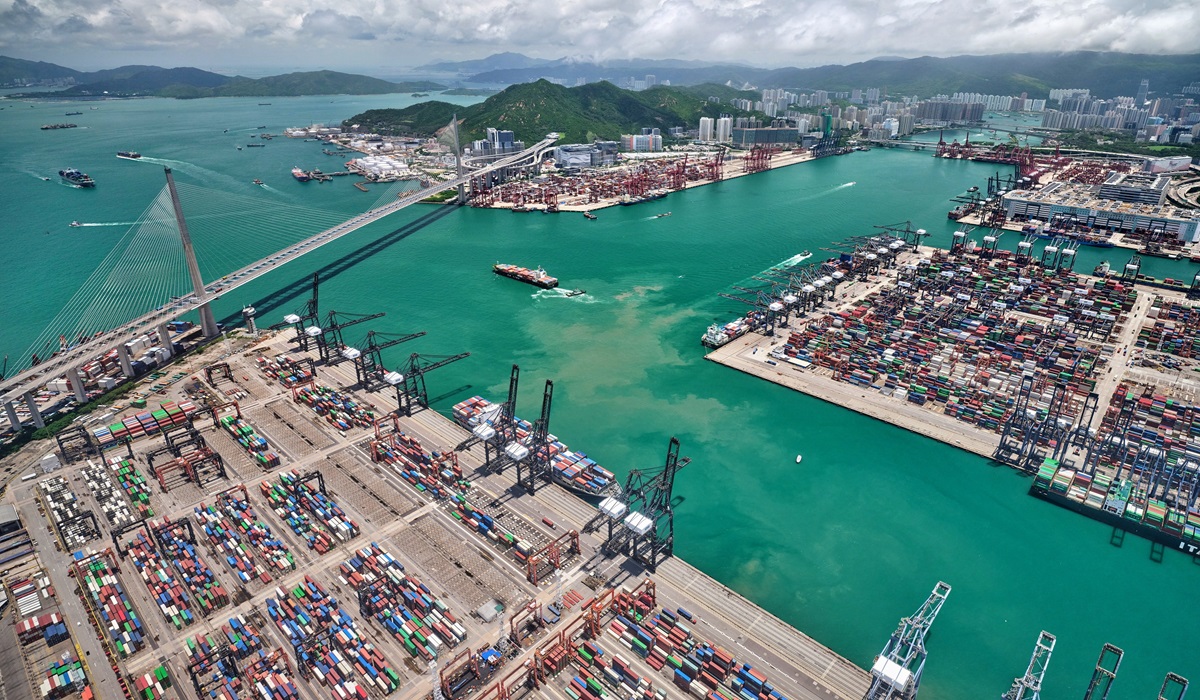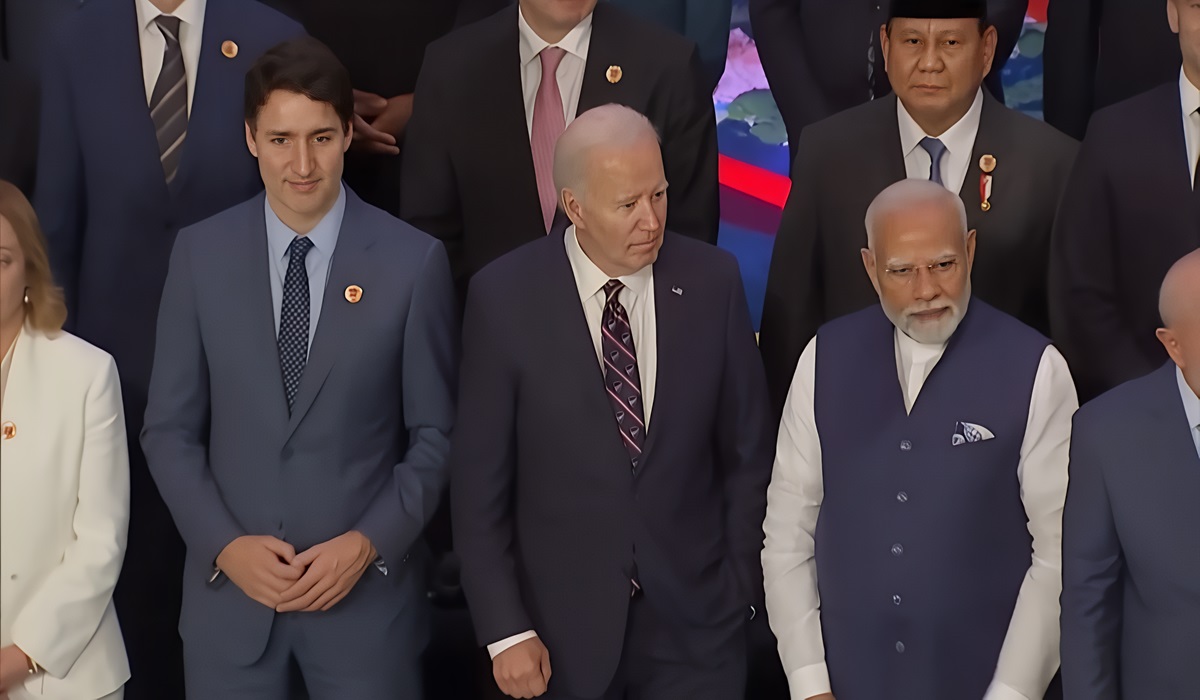Inflation is a critical component of the economy, and it is often seen as a key indicator of the economic health of a country. The Canadian economy has experienced low unemployment rates in recent years, which is generally viewed as a good thing as it indicates that people are finding jobs and contributing to the economy. However, the low unemployment rate has also impacted inflation, which is viewed as a bad thing for the economy.
The idiosyncrasy of inflation is that it tends to be inversely correlated with unemployment. When unemployment is low, inflation tends to be high, and when unemployment is high, inflation tends to be low. This inverse correlation can be explained by the simple fact that when there are fewer people in the workforce, wages tend to increase, and businesses raise their prices to compensate for the higher labour costs. Conversely, when there are many people looking for work, wages tend to be lower, and businesses lower their prices to attract customers.
Low unemployment is generally viewed as a good thing for the economy, as it means that people are working, bills are being paid, and government subsidy programs are helping to support those who need it most. However, it can also lead to higher inflation, which can be detrimental to the economy as a whole. High inflation can lead to a decrease in the purchasing power of money, which can cause businesses to raise prices even further, leading to a spiral effect that can quickly spiral out of control.
The delicate balance of the economy means that it is challenging to achieve low inflation and high employment simultaneously. If the unemployment rate is too high, it can lead to a decrease in consumer demand, which can lead to lower prices and lower inflation. However, this also means businesses may be forced to lay off workers or cut wages to compensate for the lower demand. Conversely, if the unemployment rate is too low, it can lead to higher inflation, which can be detrimental to the economy as a whole.
Ultimately, the winners in the economy are those who are able to find a balance between low unemployment and low inflation. This balance can be difficult to achieve, and it requires a careful juggling act between government policy, business practices, and consumer behaviour.

